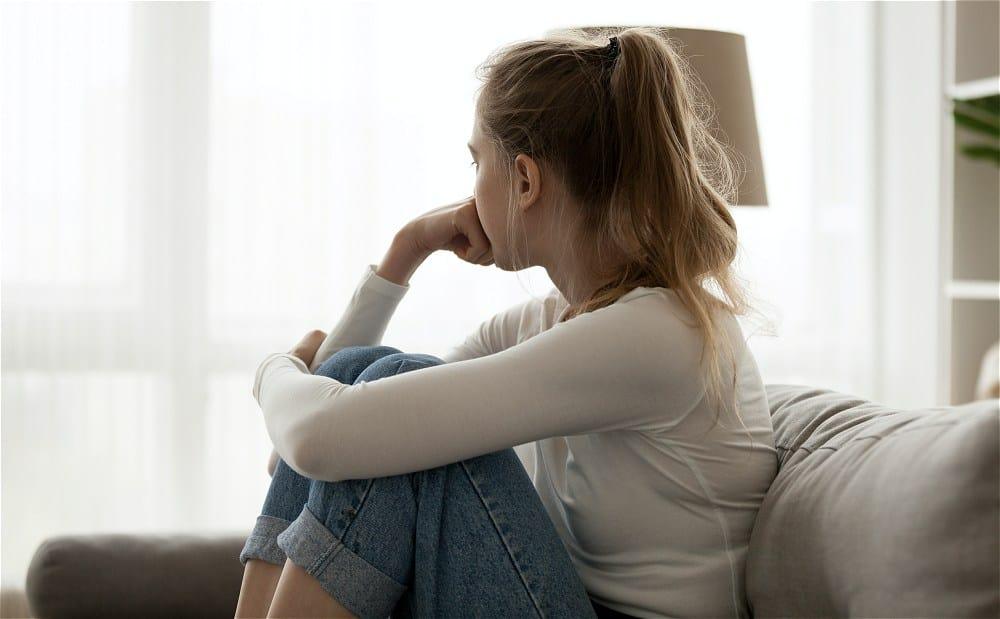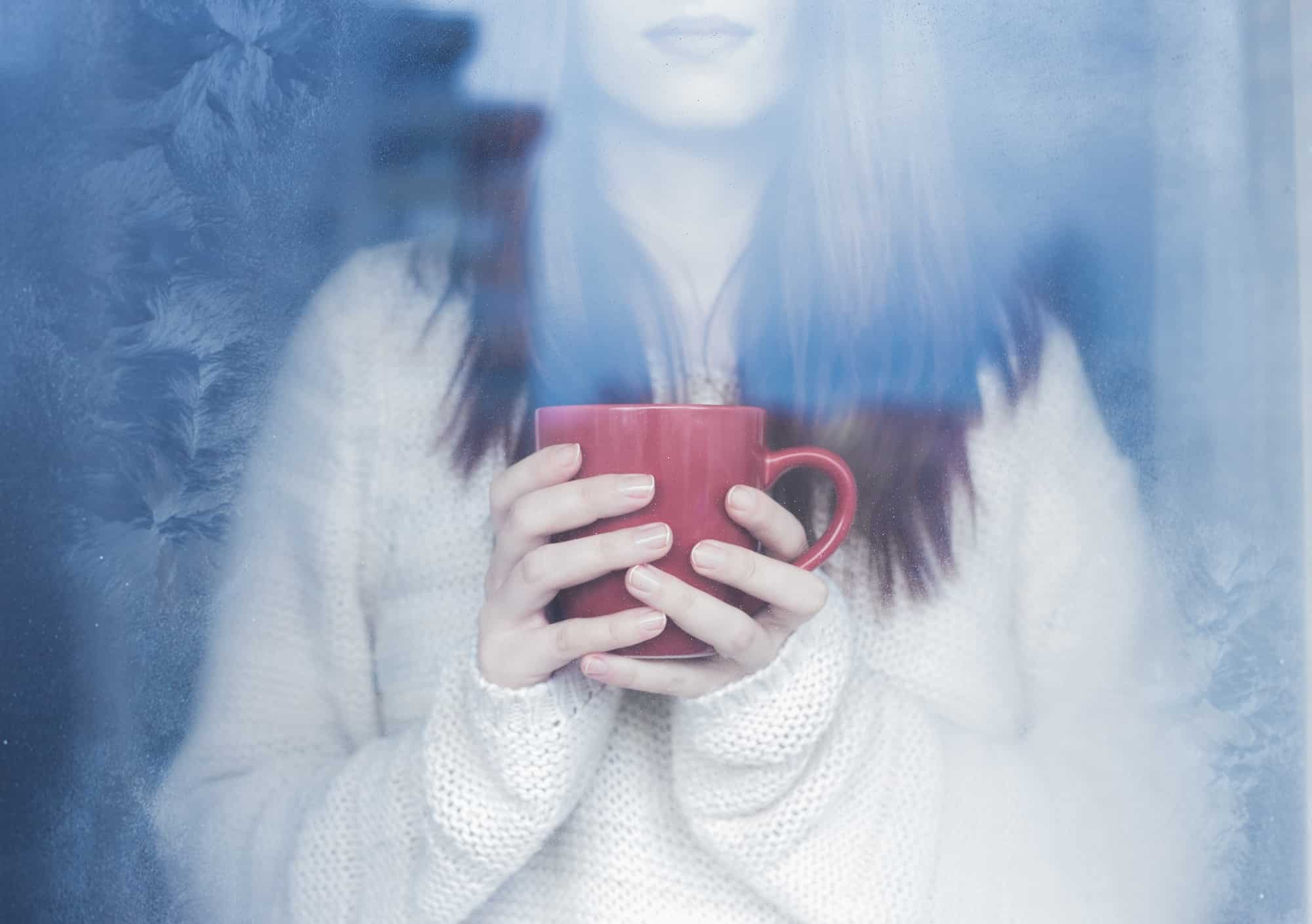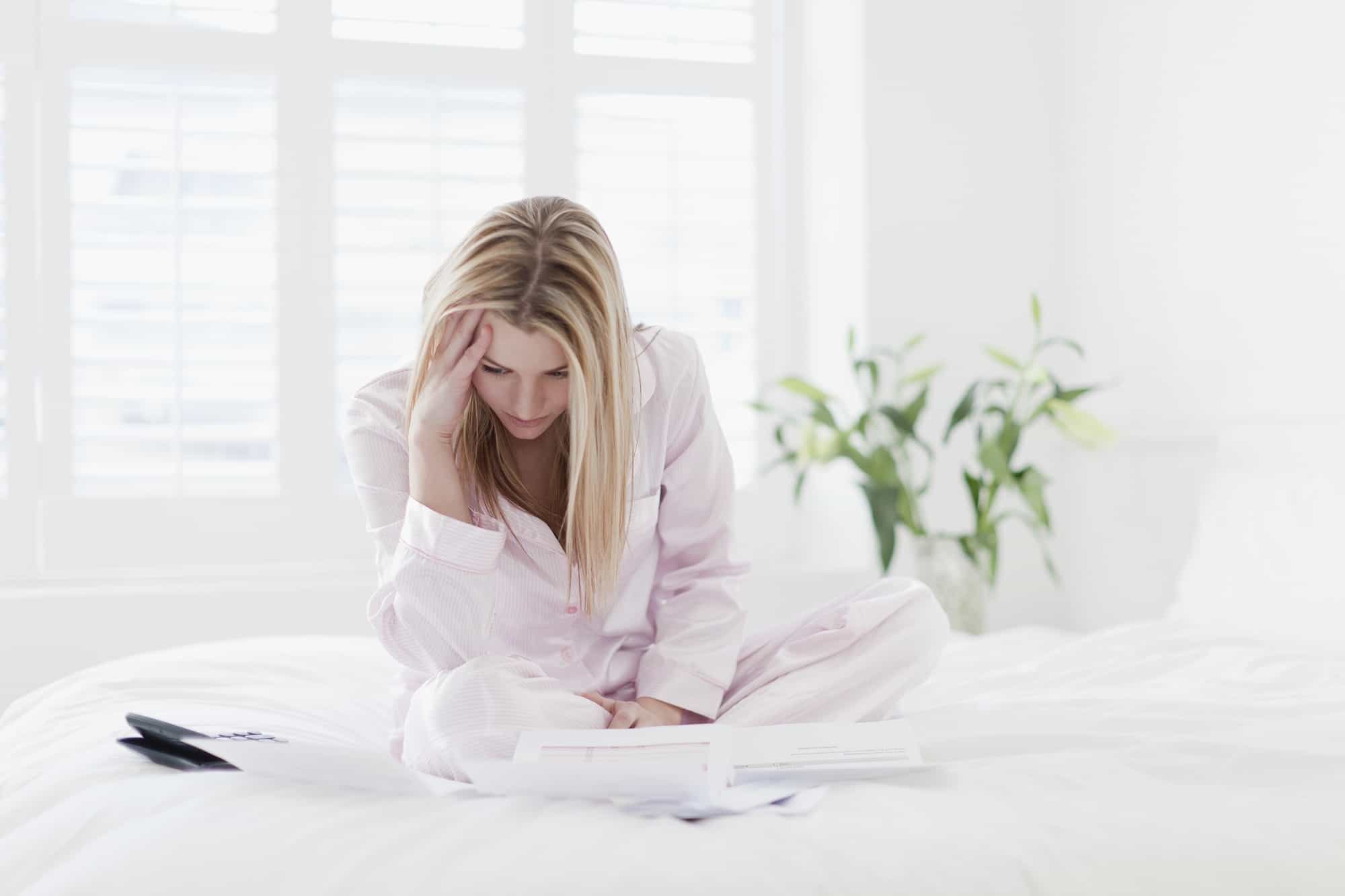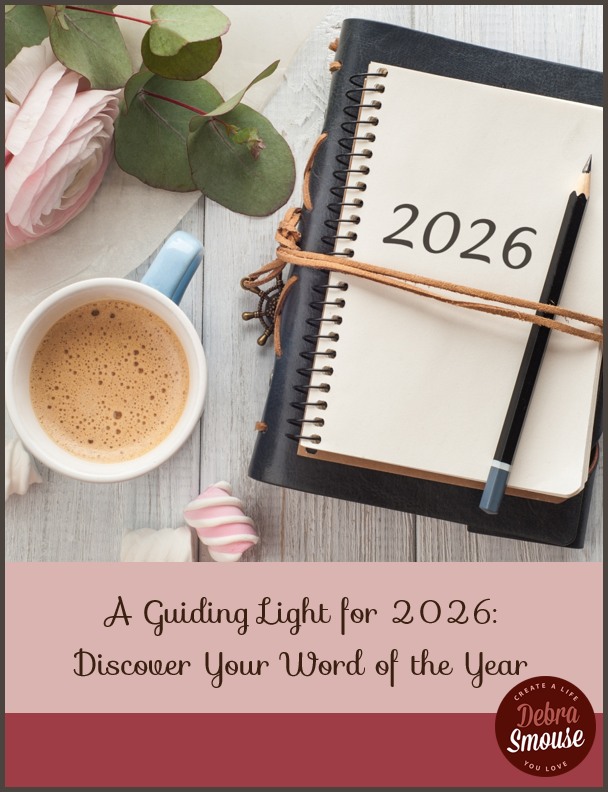The calendar flips, the clock rolls back, and suddenly the world outside feels dim, damp, and decidedly dreary. If you’re one of the millions of Americans who feel a creeping sense of sluggishness, a heavier irritability, or a persistent emotional drag as the leaves fall and the temperatures plummet, you are not alone.
That familiar slump might actually be Seasonal Affective Disorder (SAD), a recurring, cyclical form of major depression tied to the change of seasons, primarily the winter months. Acknowledging this reality is the first crucial step, understanding how to fight back is the next.
What’s Really Going on with SAD?
SAD is more than just the “winter blues” or a temporary lack of pep, it is a clinical diagnosis. Experts estimate that approximately 5% of U.S. adults grapple with it, with prevalence notably higher the further north you live. Why? The answer is simple, it all comes down to light or more precisely, the absence of it. The primary symptoms are often frustratingly familiar and deeply disruptive to daily life. You might find yourself:
-
- Wanting to sleep constantly (hypersomnia).
- Experiencing a pervasive and heavy low mood.
- Dealing with carb cravings that lead to weight gain.
- Struggling with a frustrating lack of focus.
These symptoms, while common, shouldn’t be dismissed. So, what levers can a person pull to reclaim their mental landscape when the sun seems to have abandoned them?
The Power of Light
If the problem is a lack of light, the solution must involve more of it, right? Absolutely. Light therapy is often considered the gold standard treatment. You aren’t just sitting near any old lamp, though. This involves a medical-grade light box, a tool emitting 10,000 lux of full-spectrum light.
Think of it as a jump-start for your brain’s internal machinery. Spending about 30 minutes in front of one each morning can help re-sync your circadian rhythm and kick-start the production of key brain chemicals like serotonin.
This is a commitment, you have to do it every day throughout the fall and winter. But clinical studies have often shown its efficacy to be comparable to that of antidepressant medication. Just make sure the box you buy is specifically designed for therapy and filters out any nasty UV rays.
While the light box is powerful, don’t forget the original source: the sun! Even on a cloudy day, the natural light outdoors is significantly brighter than indoor lighting. Make a concerted effort to get outside for a walk or simply stand by a window for at least 15 minutes early in the day to help cue your body’s natural waking cycle.
Better yet, combine that natural light with social engagement. Sit out in your yard, particularly near the sidewalk or “curb lawn,” where you can observe and casually interact with neighbors. This small act of visible engagement fights the isolation of SAD.
To make this spot truly inviting both for yourself and the community, ensure your immediate surroundings are cared for. If your curb lawn is dull or your pathway is damaged, take a small step to improve it. Add some fresh, colorful, cold-hardy flowers and make sure the sidewalk is repaired and clean. A vibrant, well-maintained space acts as a dual-purpose tool. It lifts your mood through gardening/pride, and it encourages those fleeting, positive social connections with passersby.
Just Move: The Endorphin Effect is Real
When you’re feeling heavy and exhausted, the absolute last thing you want to do is move your body. Yet, counter-intuitively, regular physical activity is perhaps the most accessible and potent weapon you have against SAD. Why? Exercise is a natural pharmacist, it floods your system with endorphins, the body’s very own mood elevators.
Whether it’s a brisk walk around the block before the streetlights come on, an hour of power yoga in your living room, or just dancing embarrassingly to a favorite 80s track, aim for 30 minutes of moderate activity most days. The goal isn’t to look good, it’s to feel good. When the weather is truly atrocious, don’t let it become an excuse, find an online class or an engaging indoor activity you can commit to.
Fuel Your Fight
What we shovel onto our plates has a non-negotiable impact on our emotional state. Focus on brain-nourishing foods. Load up on sources of omega-3 fatty acids, think wild salmon or crunchy walnuts, and fiber-rich vegetables that help stabilize energy.
But here is the critical part: Vitamin D. During the cold, dark months, most people in the northern hemisphere are deficient in this key vitamin, and this deficiency has a strong correlation with the onset of SAD.
Though you can find it in fortified milk or egg yolks, it’s often insufficient. If you are struggling, please consult a physician to get your levels checked. A personalized vitamin D supplement plan might be the single simplest mood stabilizer you can adopt.
Build a Rock-Solid Schedule
The unstructured chaos of long, dark evenings can be a breeding ground for depressive spirals. Fight back by establishing a reliable and consistent daily routine. Try to be ruthless about your sleep schedule: wake up, eat meals, and go to bed at the same time every day. This consistency literally supports your internal clock, lending a powerful feeling of control and predictability to an unpredictable season.
Integrate activities you find genuinely rewarding, whether that’s reading a novel, keeping a daily journal, or simply scheduling phone calls with loved ones. Structure provides a vital framework that can prevent you from succumbing to the pull of isolation and stagnation.
Don’t Disappear
SAD has a nasty tendency to make you want to retreat, to pull the covers over your head and wait for spring. Isolation is the silent killer here, as it magnifies symptoms. You must make a conscious, sometimes difficult, effort to maintain social connections.
This doesn’t mean hosting a party. It might be a weekly video chat with a faraway friend, or a quick coffee date. Seek out opportunities for genuine, supportive interaction. If you can’t find it in your immediate circle, online support groups or community classes offer a space where sharing your experience can reduce that overwhelming sense of loneliness.
When to Call for Backup
Finally, if your best efforts, the light, the exercise, the routine, simply aren’t enough, it is paramount that you seek professional help. There is no shame in this. Therapy, specifically Cognitive Behavioral Therapy (CBT), has proven highly effective for SAD. CBT helps you challenge and reconstruct the negative thought patterns and behaviors that depression entrenches.
In certain situations, a healthcare provider may suggest a course of antidepressant medication. They have the expertise to determine the most effective, integrated treatment plan for your specific needs.
Lasting Insight
This season is a formidable challenge, but it is a temporary one. By proactively incorporating these strategies, embracing light, moving your body, supporting your brain chemistry, and staying connected, you can manage the effects of the cold and dark. Take a deep breath, accept the help that’s available, and hold on to the certainty that brighter days are genuinely ahead.









